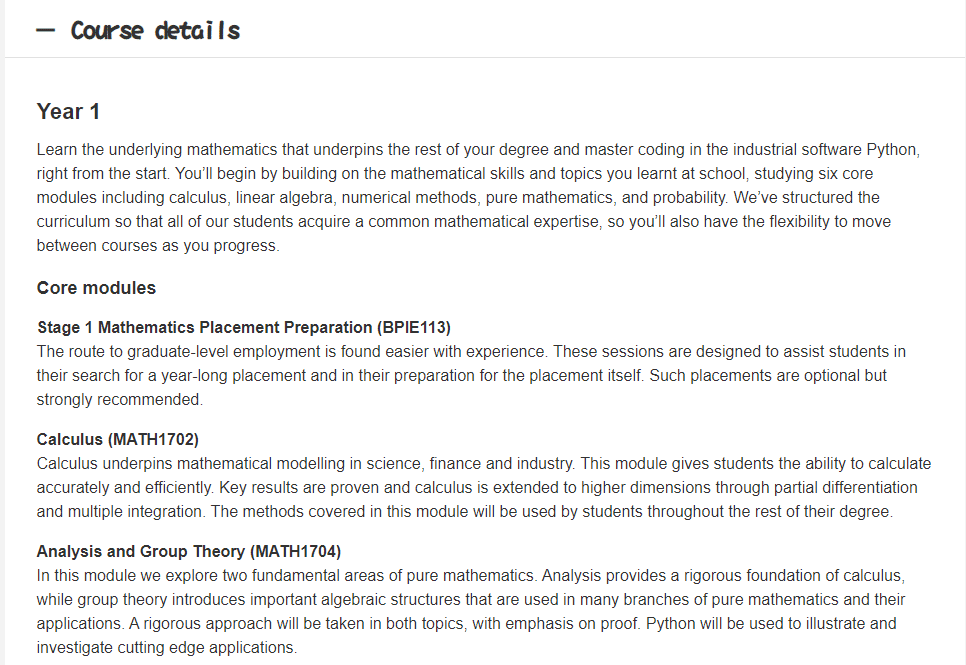Assignment-daixieTM为您提供普利茅斯大学University of Plymouth MATH 1705 Probability概率学代写代考和辅导服务!
Instructions:
Randomness and uncertainty are inherent in many aspects of our lives, and it is becoming increasingly important to have a solid understanding of these concepts. Mathematics provides a framework for understanding and quantifying uncertainty, and random variables are a fundamental tool in this framework.
A random variable is a mathematical object that takes on different values with a certain probability. For example, if we roll a fair six-sided die, the outcome is a random variable that can take on values from 1 to 6 with equal probability.
There are many different types of random variables, each with their own probability distribution. Some common distributions include the uniform distribution (where each outcome has equal probability), the normal distribution (also known as the bell curve), and the binomial distribution (which models the probability of a certain number of successes in a fixed number of trials).
Once we have a random variable, we can use mathematical tools to analyze its behavior. The expected value of a random variable is the average value we would expect to get if we were to repeat the experiment many times. The variance measures how spread out the values of the random variable are, and the correlation measures how two random variables are related to each other.
Understanding these concepts and tools is important in many fields, including finance, engineering, and data science. By developing a solid understanding of chance and randomness in a mathematical framework, we can make better decisions and predictions in our daily lives and in the modern workplace.

Consider a sequence of independent tosses of a coin that is biased so that it comes up heads with probability $3 / 4$ and tails with probability $1 / 4$. Let $X_i$ be 1 if the $i$ th toss comes up heads and 0 otherwise.
(a) Compute $E\left[X_1\right]$ and $\operatorname{Var}\left[X_1\right]$.
ANSWER: $E\left[X_1\right]=3 / 4$ and
$$
\begin{aligned}
& E\left[X_1^2\right]=3 / 4 \text { so } \
& \quad \operatorname{Var}\left[X_1\right]=E\left[X^2\right]-E[X]^2=(3 / 4)-(3 / 4)^2=(3 / 4)(1 / 4)=3 / 16
\end{aligned}
$$
(b) Compute $\operatorname{Var}\left[X_1+2 X_2+3 X_3+4 X_4\right]$.
ANSWER: Using previous problem, additivity of variance for independent random variables, and general fact that $\operatorname{Var}[a Y]=a^2 \operatorname{Var}[Y]$, we find that
$$
\operatorname{Var}\left[X_1+2 X_2+3 X_3+4 X_4\right]=(3 / 16)(1+4+9+16)=90 / 16=45 / 8
$$
(c) Let $Y$ be the number of heads in the first 4800 tosses of the biased coin, i.e.,
$$
Y=\sum_{i=1}^{4800} X_i .
$$
Use a normal random variable to approximate the probability that $Y \geq 3690$. You may use the function $\Phi(a)=\frac{1}{\sqrt{2 \pi}} \int_{-\infty}^a e^{-x^2 / 2} d x$ in your answer.
ANSWER: $Y$ has expectation $4800 E\left[X_1\right]=3600$. It has variance $4800 \operatorname{Var}\left[X_1\right]=900$ and standard deviation 30 . We are are looking for the probability that $Y$ is more than three standard deviations above its mean. This is approximately the probability that standard normal random variable is three standard deviations above its mean, which is $1-\Phi(3)$.

